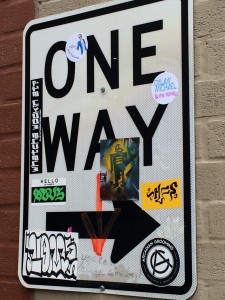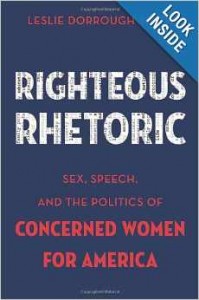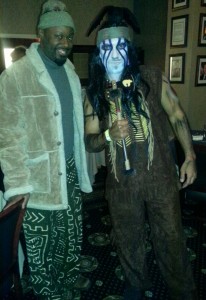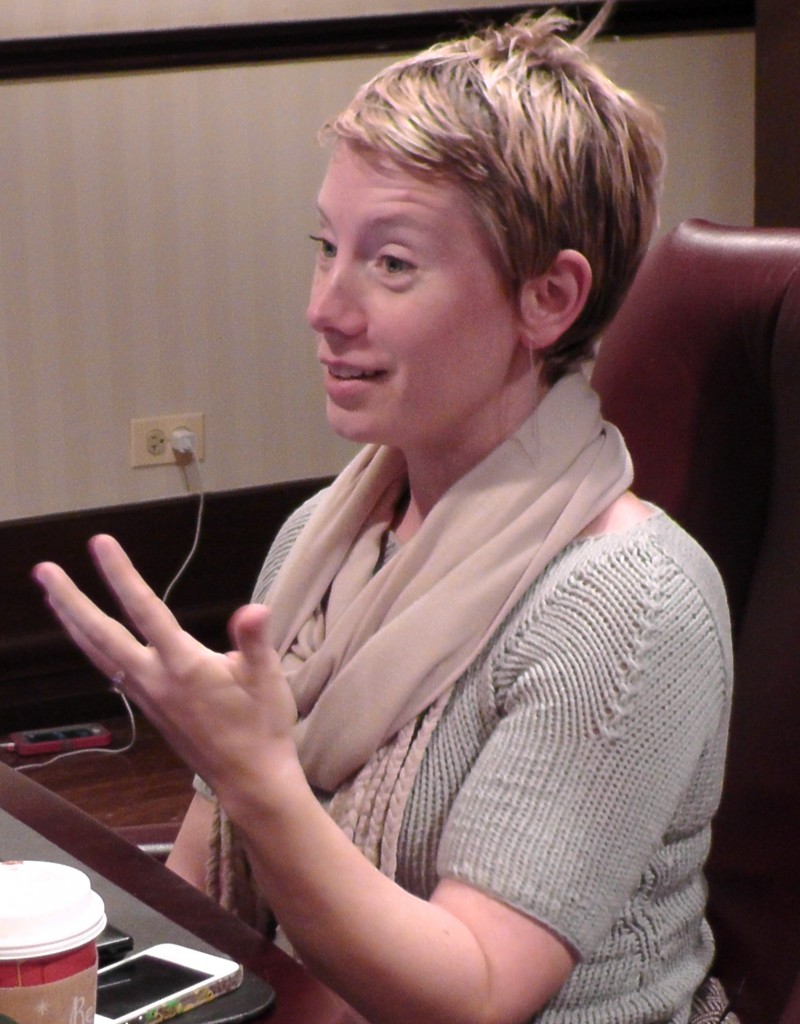
In the immortal words of Ron Burgundy, “boy, that escalated quickly.”
I began writing this blog post the day after a video featuring Covington high school students taunting a Native American man went viral. When I returned to the piece a few days later, the story had blown up like few that I can recall in recent memory. The initial narrative, which was clipped from a 2-hour video, posted on Twitter, and seized upon by the press, created the perception that the high school boys had surrounded Nathan Philips (e.g., see this NYT piece), an Omaha elder and activist, sparking outrage across the media spectrum. At the center of all this was the image of a young man in a MAGA hat (pictured below) starring smugly at Philips as he played a drum song (see Leonard Peltier’s explanation of the song here) . Continue reading “On the Tyranny of Individualism: MAGA boy, Media, and the Drum”



 “
“ A recent occurrence of misrecognition reminded me of two Culture on the Edge blog posts written this past summer (see
A recent occurrence of misrecognition reminded me of two Culture on the Edge blog posts written this past summer (see  Q:
Q:  Q: Identity and identification are words the members of Culture on the Edge are using to stand in for two different, and likely opposed, scholarly approaches to the study of who we see ourselves and others as being; whereas the first presumes a stable inner quality or sentiment only later projected outward into the public world, the latter starts with a series of public practices and social situations that are eventually interiorized. In your own research specialty – Hip Hop culture and rap music in particular, but also the wider field of the study of African American religion — can you illustrate the difference between these two approaches?
Q: Identity and identification are words the members of Culture on the Edge are using to stand in for two different, and likely opposed, scholarly approaches to the study of who we see ourselves and others as being; whereas the first presumes a stable inner quality or sentiment only later projected outward into the public world, the latter starts with a series of public practices and social situations that are eventually interiorized. In your own research specialty – Hip Hop culture and rap music in particular, but also the wider field of the study of African American religion — can you illustrate the difference between these two approaches? 
 Read
Read